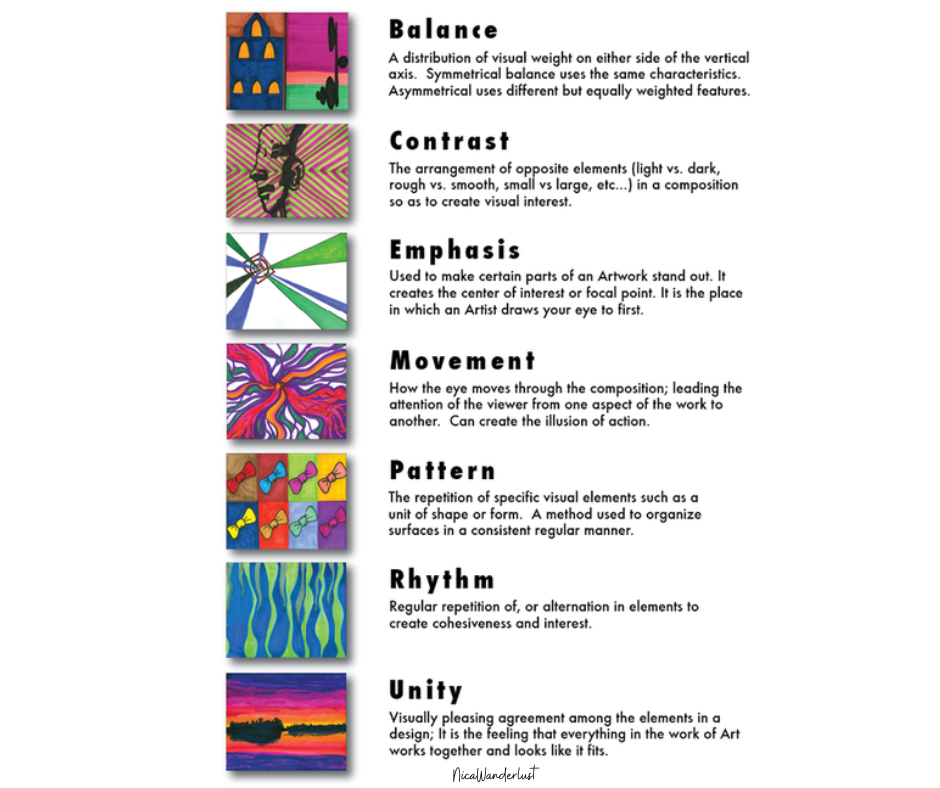Design is critical to any successful project in print or digital media. Knowing design principles can help you create dynamic and effective work that stands out from the rest. In this article, we will explore six fundamental principles of design that are essential for any designer to understand. These principles include balance, contrast, emphasis, movement, pattern and repetition, and unity. Understanding these core concepts allows you to take your designs to a new level.
Design is an essential element of any project or product, and following six fundamental principles can help ensure a design is successful. These principles include unity, balance, emphasis, contrast, pattern, and rhythm. Each principle allows designers to create a visual hierarchy that draws the eye in different directions across the design.

- Unity gives the design a sense of cohesion and allows all elements to work together. Unity ties all components into one cohesive composition that effectively communicates intended messages.
- Balance helps create a sense of stability within the design by distributing elements evenly throughout the piece. Balance is achieved when different aspects of composition have equal visual weight.
- Emphasis focuses the viewer’s attention on an individual component within a composition. Emphasis creates focal points for viewers to engage with by using varying sizes or colors for specific elements. Movement helps guide the eye through a design by leading from one part to another.
- Contrast adds interest and depth by juxtaposing various shapes or tones within the composition. Contrast uses contrasting elements to create visual appeals, such as dark and light colors or large and small shapes.
- The pattern adds repetition, providing an additional layer of visual harmony while creating structure within a design layout. To create visual interest, the pattern involves repeating design elements like shapes and colors.
- Rhythm creates movement by repeating specific shapes or objects in sequence across the page for flow and consistency. Rhythm creates visual flow by repeating elements with regular intervals throughout a composition.
Design is essential for any media project, from web pages to print advertisements. As such, designers need to comprehensively understand the principles and elements of design to create aesthetically pleasing results that will make users respond positively to their work. Understanding design basics allows designers to move beyond simply copying existing designs or trends. Instead, they can create something truly unique.
In conclusion, the six design principles are essential for any artist, graphic designer, or creator to understand. They help create a thought-out, visually pleasing design that communicates the message effectively. Familiarizing yourself with the different design elements can help you develop the skills to create compelling visuals for any project. Additionally, it is essential to remember that these principles should be used together, not separately, to make your artwork stand out.

